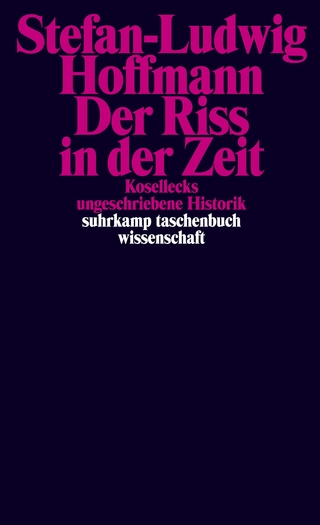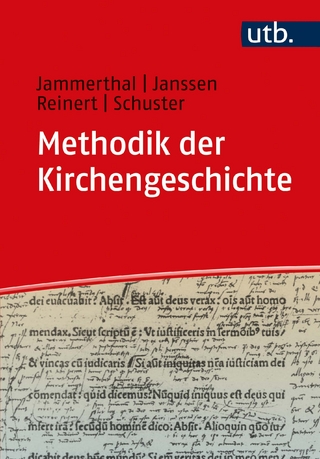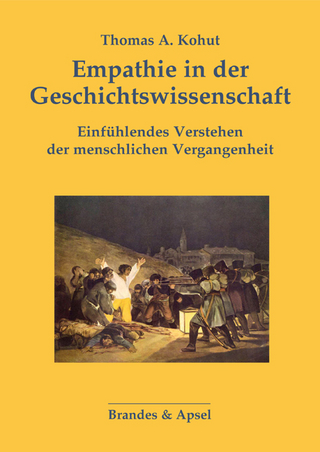
History and Film
Routledge (Verlag)
978-1-138-43263-5 (ISBN)
Moving pictures have had a great influence on human culture, and this book focuses on using moving images as historical evidence. Studying history means examining evidence from the past to understand, interpret and present what has happened in different times and places. We talk and write about what we have learned, hoping to establish credibility both for what we have determined to be the facts and for whatever meaning or significance we may attach to our reconstruction of the past. Studying history is a scientific process, involving a fairly set methodology. We tend to favor written sources, and we have tended to favor writing as a means of presenting our views of the past. But historians also use all kinds of other documents and artifacts in their work of interpreting the past, including moving pictures.
Maarten Pereboom is professor of history and dean of the Fulton School of Liberal Arts at Salisbury Univrsity. He earned his doctorate at Yale University, and his first book, Democracies at the Turning Point: Britain, France, and the End of the Postwar Order, 1928-1933, earned Choice Magazine' s Outstanding Academic Book Award in 1996. In 1998 he won Salisbury University's Distinguished Faculty Award. He lives in Salisbury, Maryland, with his wife and their two sons.
Chapter 1: Introduction Chapter 2: The significance of film in history Chapter 3: The sum of its parts: understanding the medium Chapter 4: Assessing film's historical content Chapter 5: Documentary film as primary and secondary sources Chapter 6: 'Based on a True Story': History and Biography in Narrative Film Chapter 7: A Sense of Time and Place: Historical Fiction Chapter 8: Capturing the Moment: Narrative Movies as Historical and Cultural Artifacts Chapter 9: Around the World in Eighty (or So) Movies Chapter 10: Your Turn: Writing about History in Film Chapter 11: Your Research Portal: Sources on History in Film A Quick and Easy Guide to Citation Films Discussed
| Erscheinungsdatum | 07.08.2017 |
|---|---|
| Verlagsort | London |
| Sprache | englisch |
| Maße | 152 x 229 mm |
| Gewicht | 453 g |
| Themenwelt | Geisteswissenschaften ► Geschichte ► Geschichtstheorie / Historik |
| Sozialwissenschaften ► Kommunikation / Medien ► Medienwissenschaft | |
| ISBN-10 | 1-138-43263-6 / 1138432636 |
| ISBN-13 | 978-1-138-43263-5 / 9781138432635 |
| Zustand | Neuware |
| Haben Sie eine Frage zum Produkt? |
aus dem Bereich


